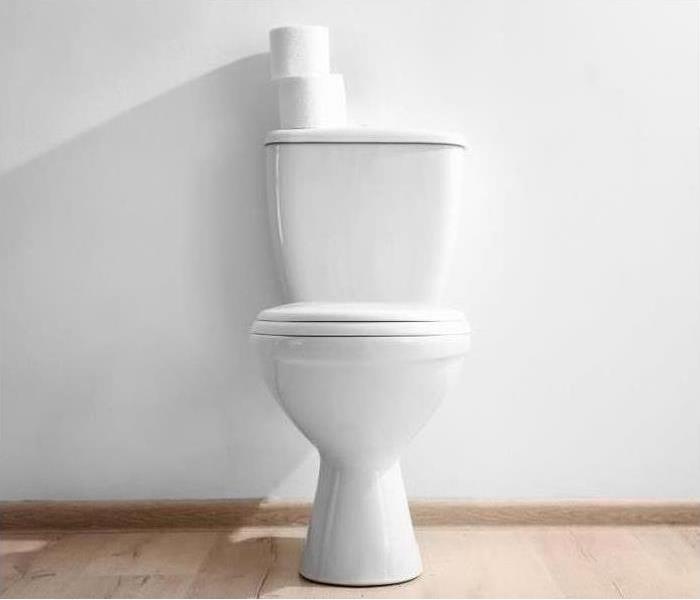What Lies Beneath the Toilet? Mystery Revealed!
7/7/2021 (Permalink)
What Lies Beneath the Toilet?
On most days, you don’t care how your toilet works, you’re just glad it magically whooshes waste to a land, far, far away, until the day it doesn’t. Today, you notice a leaking toilet and from the look of the floor, it may have been leaking for a while. It’s time to learn what secrets lie beneath the porcelain in Seattle, WA.
Mystery Revealed
Don’t worry, a toilet is simple. You are familiar with the tank and the supply valve, but you may not have experienced the mystery from under the toilet. Here is the big reveal, which comes down to two features:
• Wax Seal. This ring-shaped seal is usually made of wax and, usually, is the reason for the leaking toilet. Sometimes a bad seal is due to improper installation, but it also just happens over time and wear. No matter what you learn about the next part, you will definitely need to scrape off the old wax and replace it.
• Closet Flange. This is a piece of metal or plastic that connects the toilet to the exit drain and the floor. Here is where things could get complicated with problems like improperly tightened bolts, a broken flange, or a flange that sits below the surface of the floor. You will need to resolve any problem with the flange before replacing the seal.
The good news and bad news are the same: there many different materials for flanges and many ways to solve problems with this critical component. Your objective is to stop the leaking toilet by making a good seal and to making sure your flange is never lower than your flooring.
It’s Not Complicated
Unfortunately, the mess of a bathroom leak is usually the first sign you see and that means you have some additional cleanup to do. Water damage repair specialists can help assess the situation to determine the best way to proceed to reduce your risk of secondary damage.




 24/7 Emergency Service
24/7 Emergency Service
